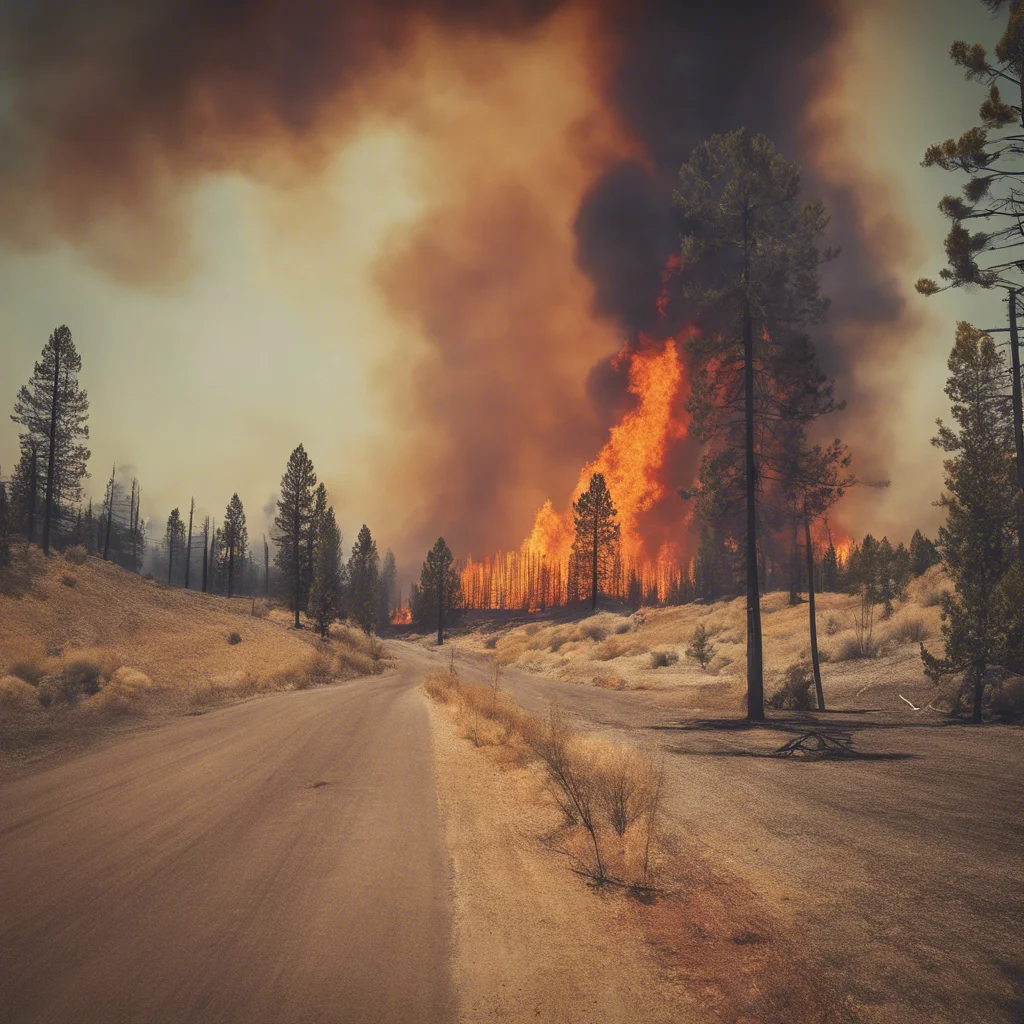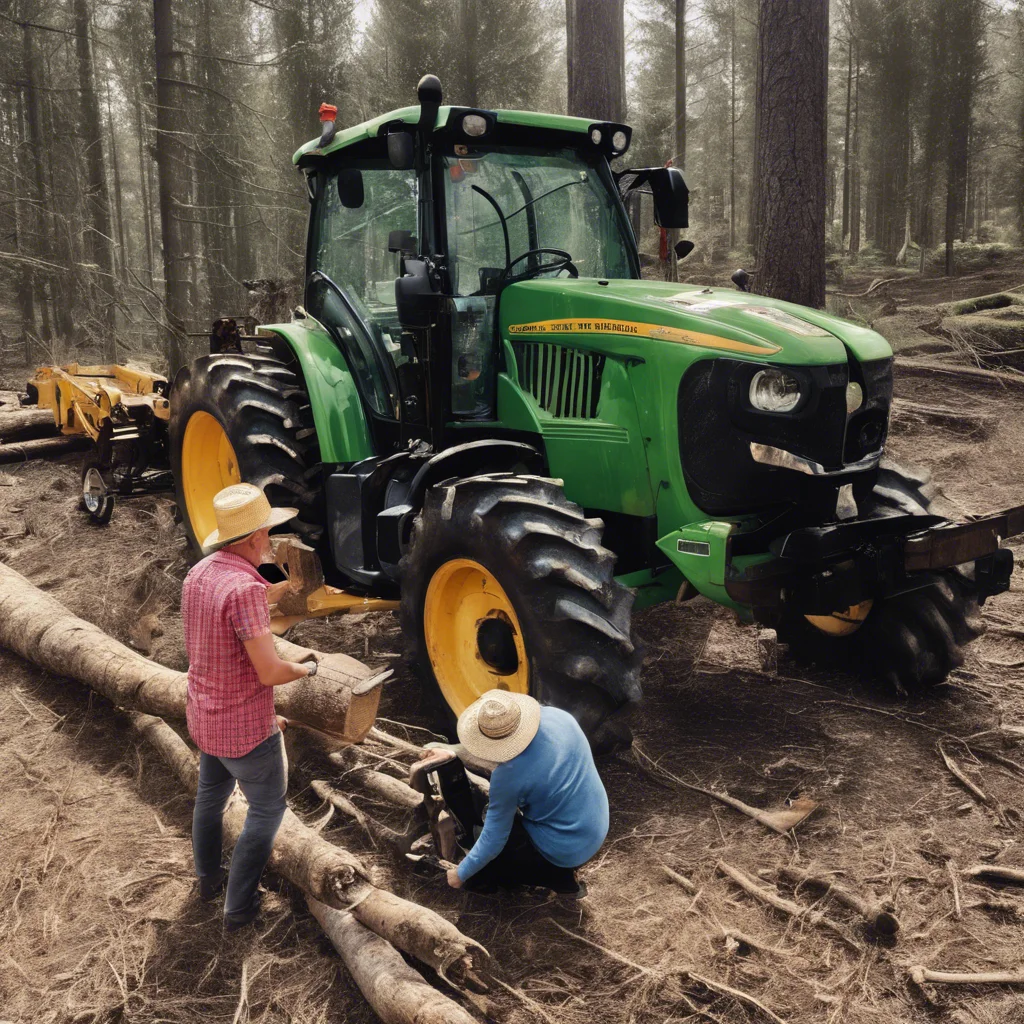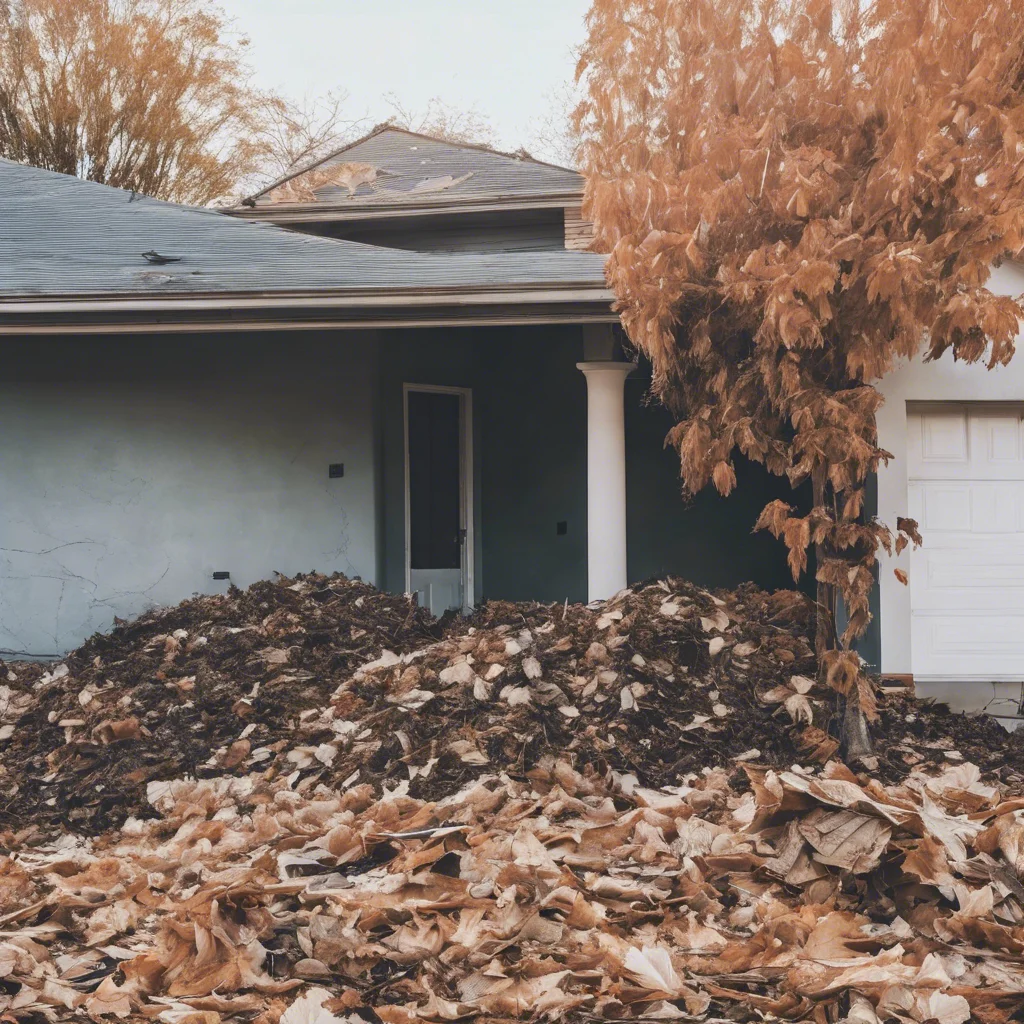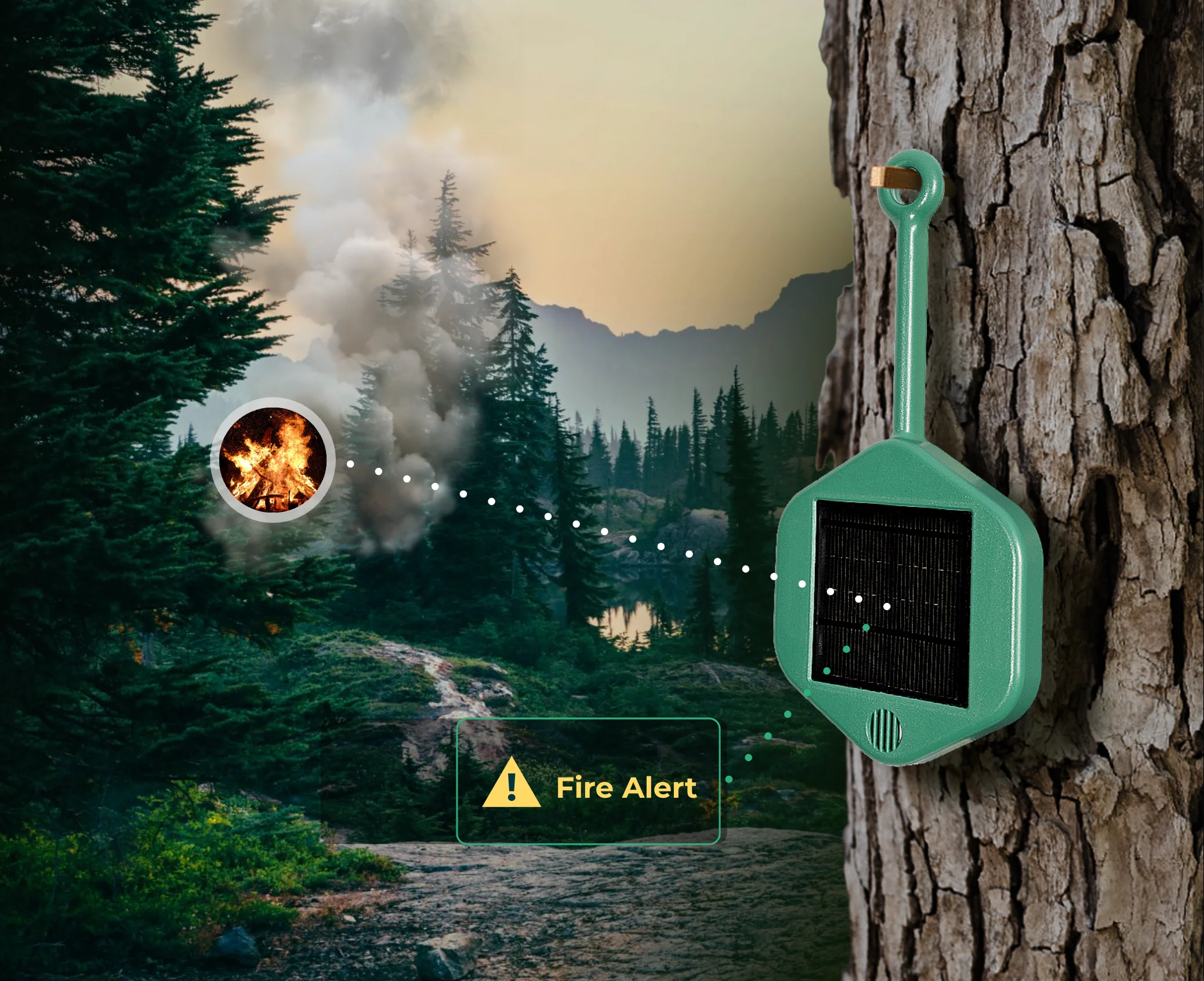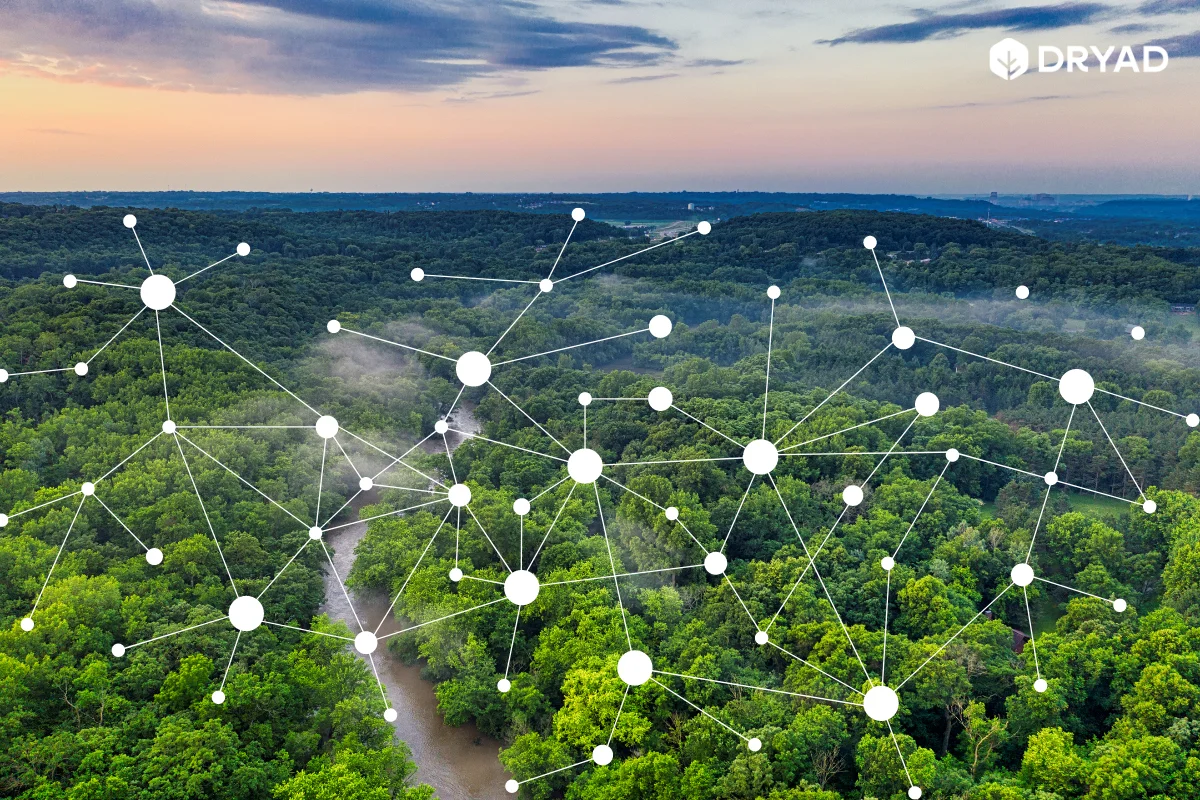How to Prevent Wildfires from Starting and Spreading
- Ben Jones
- Jul 10, 2023
- 5 min read
Updated: May 8, 2024
In this article:

Introduction
Wildfires are a major threat to our environment, communities, and lives. With climate change and human activity increasing the frequency and intensity of wildfires, understanding effective wildfire management strategies and reducing wildfire risk have become more crucial than ever.
This article offers practical wildfire prevention tips and explores advanced technological solutions aimed at mitigating the devastating impact of wildfires, helping to protect both natural habitats and human lives.
Understanding the Problem
The Cost of Wildfires
Wildfires not only cause catastrophic environmental damage but also pose severe risks to human safety, destroy properties, and impose significant financial burdens on governments and private organizations. Annually, the cost of managing and controlling wildfires can reach billions of dollars. These costs include the direct expenses related to firefighting efforts, medical treatment for injuries, rebuilding homes and infrastructure, and supporting displaced families.
Furthermore, wildfires lead to indirect costs such as loss of business revenue, decreased property values, and long-term ecological recovery efforts. The economic ramifications extend beyond the immediate aftermath, affecting communities and economies for years.
Human-Caused Wildfires
In the United States, humans are responsible for nearly 90% of all wildfires, a figure that underscores the significant impact of human behavior on fire incidence. These fires often result from negligent actions such as leaving a campfire unattended, discarding cigarettes carelessly, and improperly burning debris.
Other times, they are caused by accidents involving equipment and vehicles, or through malfunctions in power lines and other infrastructure. Alarmingly, a smaller percentage of wildfires are started intentionally as acts of arson. Enhancing public education and enforcing stricter fire management regulations are critical components of wildfire management strategies, playing a key role in reducing wildfire risk from human-related activities.
Natural Causes of Wildfires
Though less frequent, natural events like lightning strikes and volcanic eruptions are also significant contributors to the ignition of wildfires. Lightning, particularly dry lightning (lightning that occurs without significant rainfall), can rapidly ignite the dry, combustible vegetation prevalent in many wildland areas.
Volcanic activity can spark fires due to the expulsion of hot materials or lava coming into contact with flammable ground cover. While these natural causes are less preventable, understanding and monitoring such phenomena are crucial for early detection and preparedness strategies.
Practical Steps to Prevent Wildfires
Wildfires pose formidable threats, but effective land management and proactive measures can significantly reduce their occurrence. Implementing robust wildfire management strategies is essential in not only responding to fires but also in proactively reducing wildfire risk. By planning and preparing through these actionable steps, communities and individuals can significantly mitigate the potential for devastating fires.
For Individuals and Communities
Create Defensible Space: Remove flammable vegetation (dry leaves, dead branches, overgrown shrubs) from around your home. Trim trees, maintain distance between them, and consider fire-resistant landscaping.
Practice Safe Outdoor Activities: Adhere to fire restrictions, extinguish campfires completely, and be mindful when enjoying outdoor areas, especially during high fire danger periods.
Maintain Equipment and Machinery: Regularly inspect vehicles, power tools, and other equipment that may generate sparks. Clear debris build-up and address any worn-out parts.
Dispose of Cigarettes and Matches Responsibly: Never discard cigarette butts out of car windows or in dry areas. Extinguish them fully in designated containers.
Be Mindful of Outdoor Burning: Check local regulations for burn bans or restrictions. If permitted, burn safely with proper tools and supervision. Always extinguish fires thoroughly.
Report Suspicious Activity: Report any irresponsible behavior in fire-prone areas to help prevent human-caused fires.
Utilize Prescribed Fires: Conduct controlled burns under expert supervision to reduce fuel loads and prevent larger wildfires. Ensure all burns are planned and executed according to local environmental conditions and regulations to enhance ecosystem health and reduce wildfire risk.
For Companies and Organizations
Conduct Risk Assessments: Incorporate wildfire prevention planning into your organization's risk assessments, considering factors like weather conditions, proximity to foliage, and equipment usage.
Monitor Weather: Stay informed about high temperatures, dry conditions, wind speed, and humidity to assess wildfire risk before daily work.
Keep Vehicles Off Dry Grass: Park vehicles away from dry vegetation whenever possible, especially during high-risk weather. Exhaust systems can ignite fires.
Train Staff on Early Detection and Suppression: Educate employees on spotting the early signs of a wildfire and how to safely suppress a fire in its smoldering stage.
Maintain Equipment: Prevent sparks and potential malfunctions by conducting regular maintenance checks on machinery and vehicles.
Plan for the Future: Incorporate wildfire prevention strategies into your organization's long-term planning to reduce future risks.
Further Reading on Practical Prevention
Smokey Bear is a great resource for wildfire prevention tips, including tips on how to safely use outdoor equipment, camping and campfire safety and necessary precautions when handling flammable objects.
Technological Approaches to Preventing Wildfires
As wildfires continue to pose significant threats globally, the deployment of advanced technologies has become crucial in our prevention and management strategies. This section delves into innovative technological solutions designed to detect and combat wildfires more effectively.
From early warning systems that swiftly identify potential fires to sophisticated equipment that helps control and extinguish flames, we explore how these cutting-edge technologies are reshaping our approach to wildfire prevention, ensuring faster responses and more precise interventions.
Adopting advanced technological solutions is a pivotal aspect of modern wildfire management strategies. These technologies are not just tools for response—they are essential for reducing wildfire risk through early detection and improved monitoring capabilities.
Early Warning Systems
Dryad Networks' Silvanet is a pioneering system that leverages solar-powered sensors to provide a significant advancement in wildfire detection technology. These sensors, strategically placed throughout forests, continuously monitor a range of microclimate factors, including temperature, humidity, and atmospheric pressure.
Using embedded AI, Silvanet can identify the earliest signs of smoldering fires by analyzing changes in these environmental parameters. One of the critical advantages of this system is its rapid detection capability, which can identify potential wildfires within minutes of their onset. This quick response time is crucial, allowing for faster mobilization of firefighting resources and potentially limiting the scale of the blaze.
Other 'Fire-Tech' Approaches
As wildfire threats escalate, the fire-tech industry is booming with solutions to detect and fight these disasters. One exciting innovation is the use of drones equipped with thermal imaging and infrared cameras. These drones offer a bird's-eye view of active fires, pinpointing hotspots and tracking a fire's progression in real-time. This critical data guides firefighting efforts, enhancing response strategies.
Complementing drones, wildfire cameras provide a crucial ground-level perspective. These specialized cameras, often placed in high-risk areas, offer continuous monitoring and early detection capabilities. Their pan, tilt, and zoom functions enable firefighters to assess fire conditions remotely and make informed decisions.
Satellites offer a wider vantage point, mapping fire spread and pinpointing at-risk areas. This analysis powers predictive models that help firefighters allocate resources effectively.
Conclusion
The fight against wildfires has a powerful ally in technology. Innovations like Dryad Networks' Silvanet offer us unprecedented tools for early detection, rapid response, and data-driven prevention strategies.
By embracing advanced wildfire management strategies and continuing to innovate in reducing wildfire risk, we can protect our communities, ecosystems, and the diverse plants and animals that depend on these habitats from the devastating effects of wildfires.






